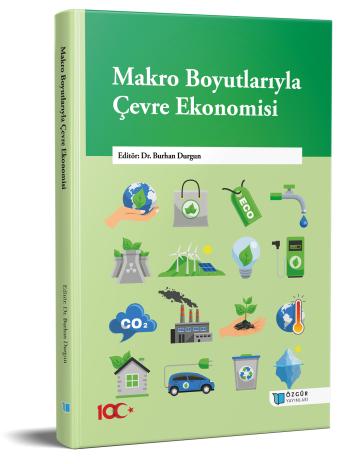
European Union Emission Trading System and Carbon Border Adjustment Mechanism
Chapter from the book:
Durgun,
B.
(ed.)
2023.
Macro Aspects of Environmental Economics.
Synopsis
The European Union Emissions Trading System (ETS) and the Carbon Border Adjustment Mechanism (CBAM) are two tools designed by the European Union to combat climate change and create a sustainable economy with the aim of creating a climate neutral continent. The ETS aims to reduce greenhouse gas emissions by giving participants an emission quota for greenhouse gas emissions. Participants can sell their unused emission allowances to other participants within the system. The system has been operating since 2005 and has accumulated a significant amount of data on greenhouse gas emissions. Looking at these data, a decrease is observed in the total emissions of the participants in the system. CBAM, on the other hand, was developed as a new tool and has not yet become operational. The purpose of the mechanism is to contribute to the fight against climate change by taxing the goods produced outside the EU and imported into the EU according to their emission values. It can be thought that this will also be beneficial in terms of tracking the carbon footprint of imported products used within the EU. Although the EU claims that CBAM is in line with the rules of the World Trade Organization, CBAM has been criticized in this regard.

